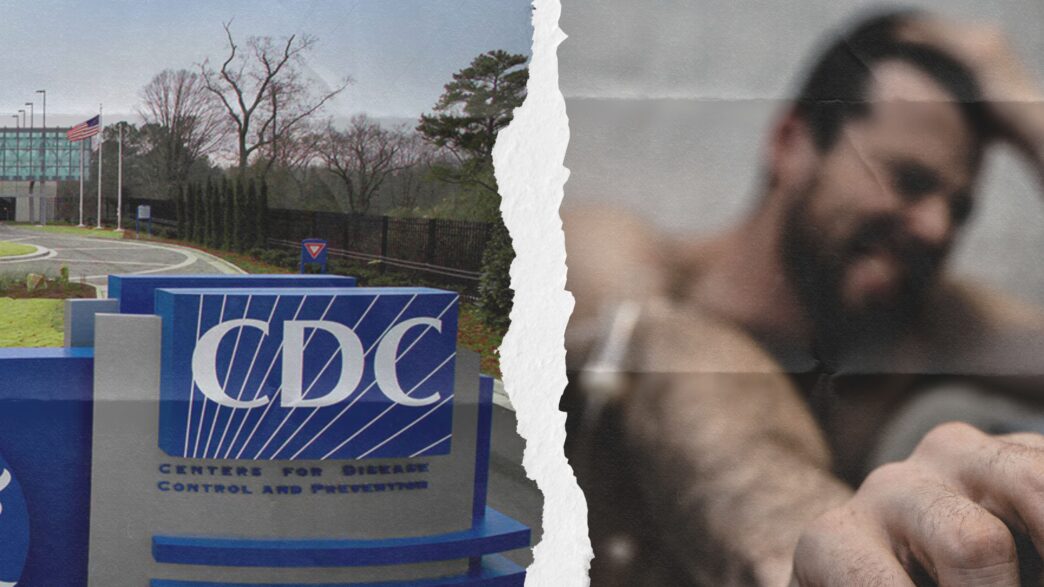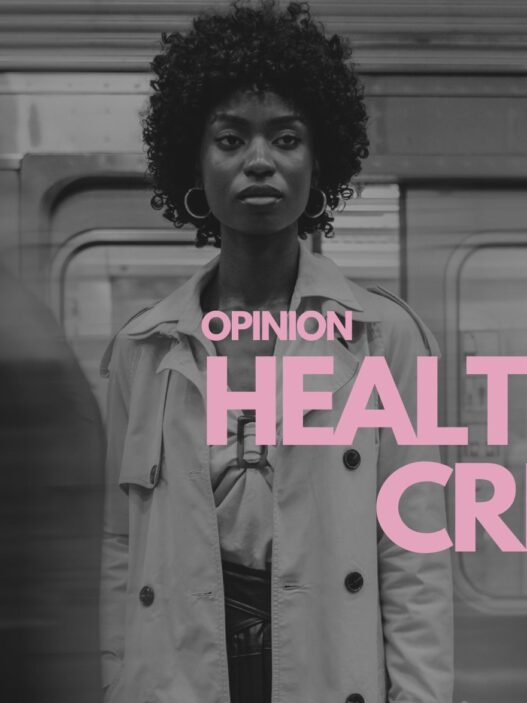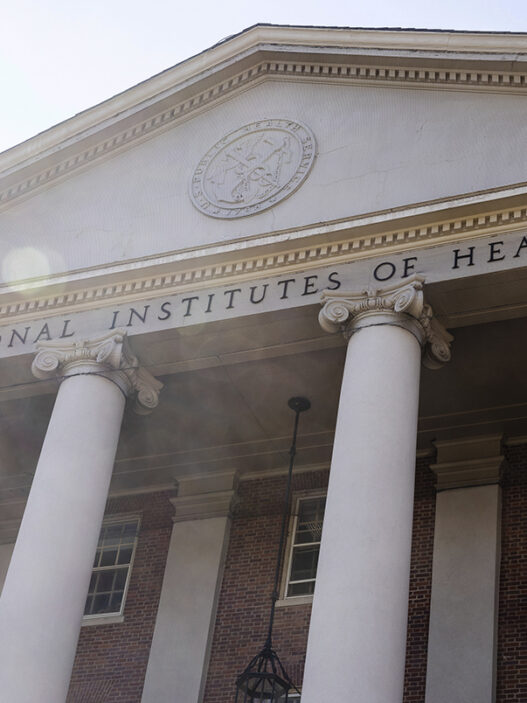As communities seek solutions, experts highlight the urgent need for improved addiction treatment, mental health support, and preventive measures nationwide.
A recent report from the Centers for Disease Control and Prevention (CDC) shows that drug overdose deaths continue to be a serious public health crisis across the United States.
According to the CDC, an estimated 110,469 people lost their lives due to drug overdoses in the 12 months ending in July 2023.
Although this number is slightly lower than previous years, it remains alarmingly high, highlighting the urgency of addressing this crisis nationwide.
Key Findings from the CDC Report
The CDC’s report revealed important insights:
- Overdose deaths in the U.S. decreased by just 0.8% compared to the previous year. While the decline might seem promising, experts warn that overdose deaths remain at historically high levels.
- The majority of drug overdose deaths involve opioids, particularly synthetic opioids like fentanyl. These substances are powerful and highly addictive, significantly raising the risk of fatal overdoses.
- Certain states are experiencing more severe impacts than others. States like Washington, Nevada, and Oregon saw noticeable increases in overdose deaths, while states like Maryland and West Virginia reported declines.
A Crisis Across the States
A CBS News analysis of the CDC data shows how overdose deaths vary significantly from state to state. For example:
- Nevada saw overdose deaths rise by nearly 12%, a troubling increase.
- Washington and Oregon also reported notable rises of about 9% and 7%, respectively.
- Meanwhile, states like West Virginia and Maryland saw declines of about 11% and 8%, suggesting that targeted prevention efforts might be working.
Despite these mixed results, the national picture remains grim. Overdose deaths remain well above pre-pandemic levels, underscoring the need for comprehensive strategies to fight drug addiction and support affected individuals.
Understanding the Causes
Experts identify several reasons behind continued high overdose rates:
- Fentanyl and synthetic opioids: These drugs are potent and often mixed unknowingly into other substances, causing fatal overdoses even among occasional users.
- Lack of access to mental health and addiction treatment: Many people suffering from addiction struggle to access effective and affordable care, leading to untreated substance use disorders.
- Social isolation and mental health issues: Factors worsened by the COVID-19 pandemic, such as loneliness, anxiety, and depression, continue to drive substance misuse.
What Can Be Done?
To effectively address the overdose crisis, public health officials and community leaders recommend:
- Increasing access to treatment and recovery services: Ensuring affordable and accessible addiction and mental health treatment is crucial.
- Expanding education and prevention efforts: Public awareness campaigns about fentanyl’s dangers and overdose signs can save lives.
- Making naloxone widely available: Naloxone, a medication that quickly reverses opioid overdoses, should be accessible in communities, schools, and homes.
- Supporting mental health resources: Strengthening mental health care systems can help individuals cope better without turning to drugs.
While a small decrease in drug overdose deaths is hopeful, the situation remains critical.
Health experts emphasize the importance of continued investment in public health initiatives, education, and treatment programs.
Only through sustained and coordinated efforts can communities across the nation effectively tackle the overdose epidemic and save thousands of lives.
The CDC’s latest report serves as a powerful reminder that the fight against drug overdose deaths is far from over.
The time for focused action and widespread community support is now.























